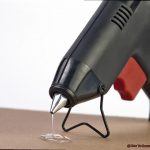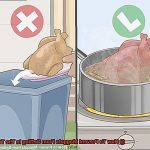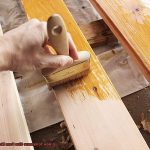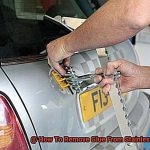Are you tired of unsightly glue stains on your laminate flooring?
Don’t worry; we’ve got your back. Whether you’re dealing with fresh adhesive or an old, stubborn stain, we’ll provide you with a comprehensive guide on how to remove glue from laminate flooring.
Before we dive into the nitty-gritty details, let’s take a quick look at what makes laminate flooring so popular. It’s affordable, durable, and easy to install – no wonder it’s a favorite among homeowners.
However, removing glue from laminate floors can be tricky business. If not handled correctly, dried glue can leave permanent marks and cause damage.
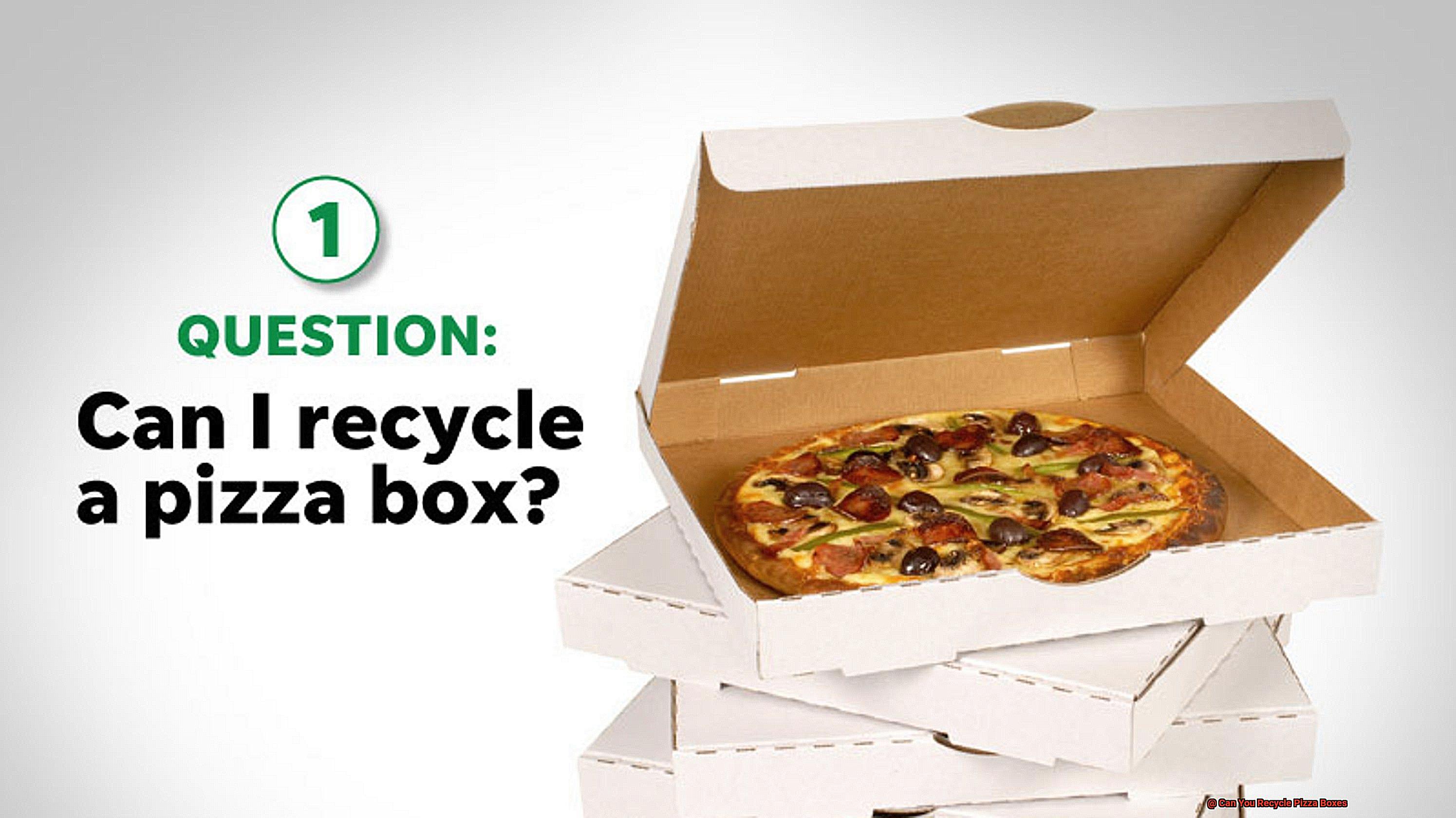
We’ll walk you through everything from identifying the type of glue used to various removal techniques and tips for avoiding floor damage.
By the end of this post, you’ll have all the tools you need to restore your laminate flooring to its former glory. So if you’re struggling with pesky glue stains on your floors, sit tight and get ready to learn some valuable tips and tricks.
Let’s get started.
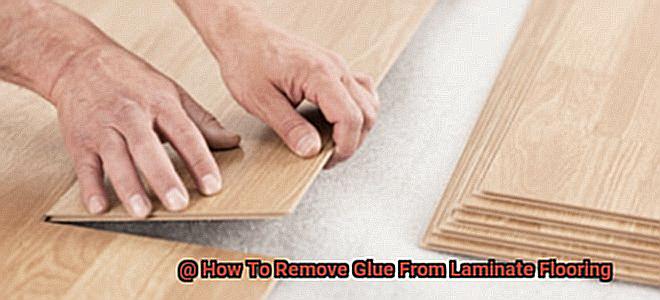
Identifying the Type of Glue
Contents
Removing glue can be a tricky task, especially when you’re not sure what type of adhesive was used.
But fear not, with the right tools and techniques, you can successfully remove glue without damaging your flooring. The first step in removing glue is identifying the type of adhesive used.
Well, different types of adhesives require different removal methods, so it’s crucial to know what you’re dealing with.
Take a closer look at any leftover residue or adhesive on the flooring. If the glue is clear and hard, it’s likely a solvent-based glue.
Solvent-based adhesives are commonly used in construction and woodworking projects due to their strong adhesion properties. On the other hand, if the glue is white or yellow and flexible, it’s probably a water-based adhesive.
Water-based glues are popular in DIY projects and crafts due to their ease of use and clean-up. If you’re still unsure about the type of glue used, check for any labeling or packaging that may have been left behind.
This can provide valuable information about the adhesive used and any recommended removal methods. In some cases, identifying the type of glue used may prove challenging.
In such situations, it’s best to seek advice from a professional or the manufacturer of the flooring before attempting any removal methods. Now that you’ve identified the type of glue used, it’s time to get to work.
Begin by using a plastic scraper or putty knife to remove any excess glue carefully. Be cautious during this step as you don’t want to scratch or damage the laminate flooring.
To remove any remaining glue, you can use a commercial adhesive remover or make your solution. A simple homemade solution involves mixing equal amounts of white vinegar and warm water in a spray bottle and spraying it on the affected area.
Let it sit for a few minutes before wiping it away with a clean cloth. If the glue is stubborn and won’t budge, try using a heat gun or hair dryer to soften it up before scraping it off.
However, make sure to keep the heat gun or hair dryer at least 6 inches away from the laminate flooring to avoid causing damage. In summary, successfully removing glue from laminate flooring requires patience and the right equipment.
Scraping off Excess Glue
Removing excess glue from your laminate flooring can feel overwhelming, but fear not.
With the right tools and techniques, you can get rid of it without causing any damage. To start, you’ll need a plastic scraper or putty knife to gently scrape the glue in a circular motion.
If the glue is still hard, apply more solvent or heat to soften it further. Remember to work slowly and steadily to avoid damaging the floor’s surface.
Stubborn glue spots? No problem.
Try using a scraper with a pointed tip to carefully remove them. You can also use a plastic or nylon brush to eliminate any remaining glue residues.
It’s crucial to clean the scraper or brush regularly to prevent reapplying glue onto the flooring. For those large areas of glue residue, an electric floor scraper may be necessary.
However, this machine requires expertise and experience, so it’s best left to professionals. Once you’ve removed all the excess glue, wipe the surface with a clean cloth and inspect it for any remaining residue.
If you spot any, repeat the process until the surface is entirely clean. Remember, scraping off excess glue is a crucial step in removing glue from laminate flooring.
Using a Commercial Adhesive Remover
Commercial adhesive removers are the go-to choice for tackling this pesky problem. However, it’s crucial to use them correctly to avoid damaging your flooring.
Firstly, read the manufacturer’s instructions thoroughly and test the product in an inconspicuous area before use. Once you’ve established that it’s safe for your floors, apply the adhesive remover to a small section of the glue and let it sit for several minutes.
This allows the product time to dissolve the glue, making it much easier to remove. Using a scraper or putty knife, gently lift the glue from the surface.
Be careful not to scratch or damage your laminate flooring in the process. You may need to repeat this process several times until all of the glue has been removed.
After removing the glue, ensure you clean the area thoroughly with warm water and a mild detergent to eliminate any residue left behind by the adhesive remover. To avoid inhaling fumes, wear gloves and protective eyewear when handling these products and work in a well-ventilated area.
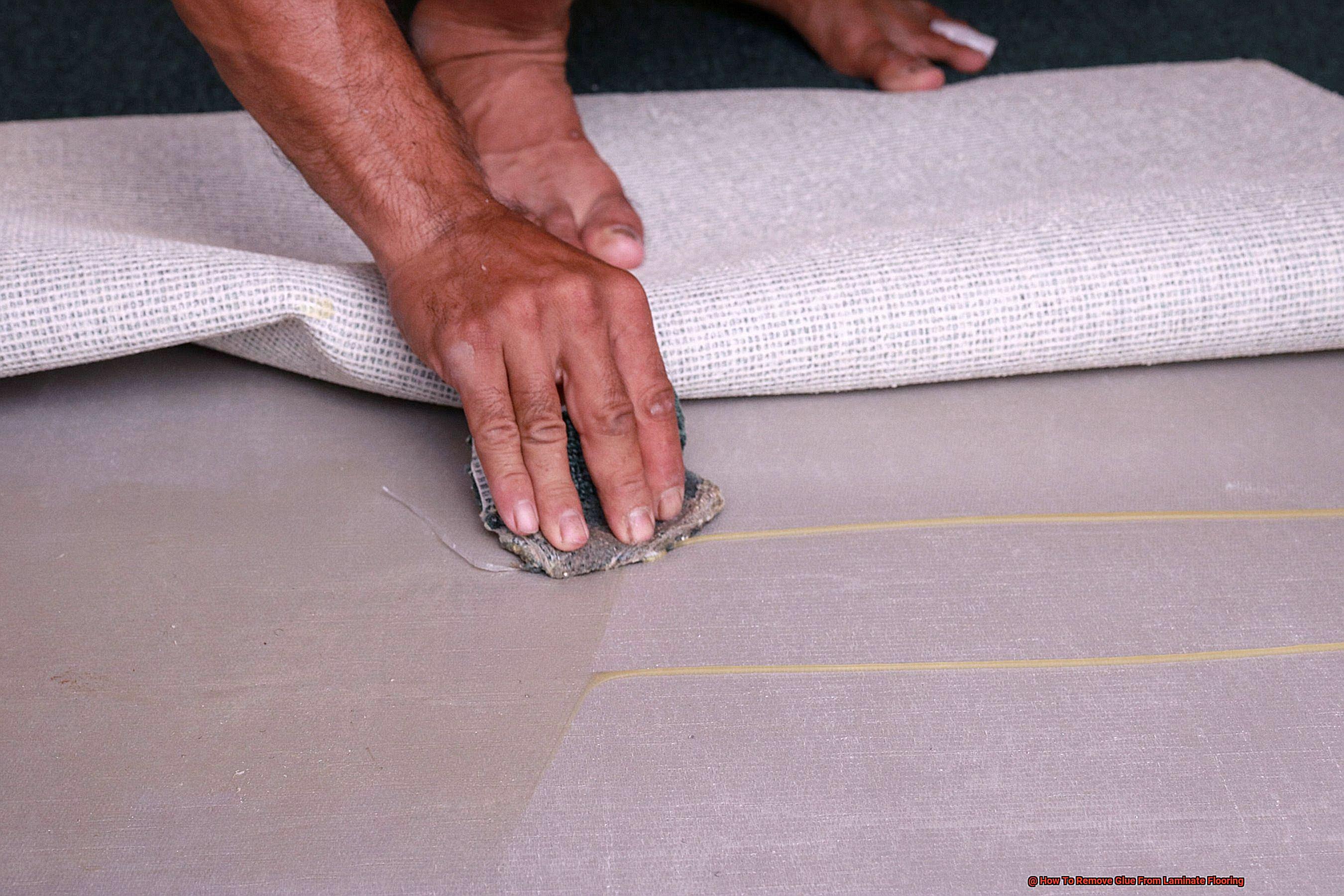
It’s essential to note that some adhesive removers contain harsh chemicals that can be harmful if not used correctly. Therefore, always take precautions when handling them.
If you’re unsure about using a commercial adhesive remover on your laminate flooring, seek professional assistance.
Using a Homemade Solution
There are plenty of cost-effective and eco-friendly homemade solutions that can do the job.
One popular option involves using a mixture of white vinegar and water. This simple yet effective blend can help break down the glue and make it easier to remove.
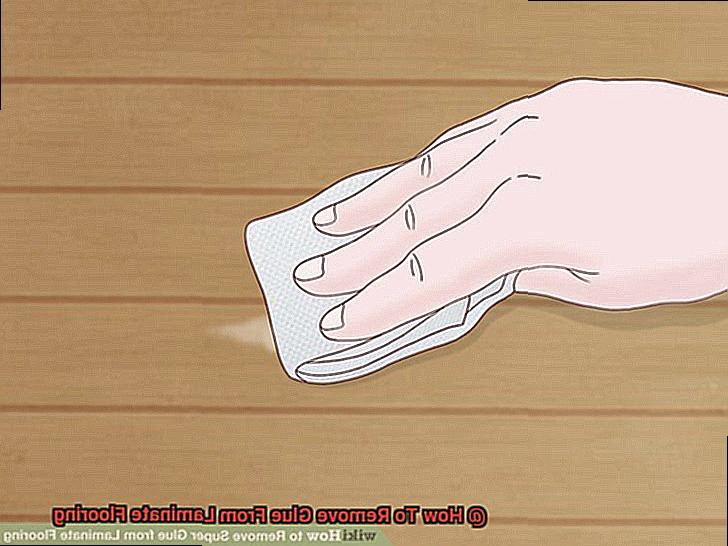
Just mix equal parts of white vinegar and water in a spray bottle, apply it to the glue stains, and let it sit for a few minutes. Then, gently scrub the area with a soft-bristled brush to eliminate any remaining residue.
If the stains are particularly stubborn, try using a combination of baking soda and coconut oil. Mix the two ingredients together until they form a thick paste, then apply it directly to the glue stains and let it sit for at least 15 minutes.

After that, use a damp cloth to wipe away the paste along with any remaining glue. For those tougher stains, combining hot water with dish soap and ammonia can do wonders.
Mix equal parts of hot water, dish soap, and ammonia in a spray bottle, apply it to the glue stains, and let it sit for a few minutes before using a soft-bristled brush to work away the glue. It’s important to remember that before you try any homemade solution on your laminate flooring, test it out on a small, inconspicuous area first.
And always wear gloves and work in a well-ventilated area when using cleaning solutions that contain harsh chemicals like ammonia. With these simple yet effective homemade solutions, you’ll be able to bid farewell to those pesky glue stains on your laminate flooring in no time.
Using a Heat Gun or Hairdryer
We have the perfect solution for you – using a heat gun or hairdryer. This method involves heating the glue until it becomes soft and pliable, making it much easier to scrape away.
Just like how warm butter spreads easily on toast, warm glue is much easier to remove than cold glue. However, before you start heating up your glue, let’s go over some precautions to prevent any harm to your flooring.
Firstly, plug in your heat gun or hairdryer and set it to its highest setting. Hold it about 3-4 inches away from the glued area and slowly move it back and forth until the glue starts to loosen.
Remember to keep the heat gun or hairdryer moving at all times to avoid scorching or burning your floors. Next, use a plastic scraper to gently remove the softened glue from the surface.
Apply minimal pressure to prevent any scratches or damage to your laminate flooring. Continue heating up small portions of the glue and scraping away the softened glue until all of the glue has been removed.
zSSqblQP0Is” >
Conclusion
In conclusion, the task of removing glue from your beloved laminate flooring might seem like a daunting one.
However, with the right tools and techniques, it can be a breeze. The first step is to identify the type of adhesive used as different adhesives require different removal methods.
Once you’ve identified the glue type, use a plastic scraper or putty knife to scrape off any excess glue. If the glue proves stubborn, try using more solvent or heat to soften it up.
Commercial adhesive removers are also an effective solution for this pesky problem. But remember to use them correctly to avoid damaging your floors.
Alternatively, eco-friendly and budget-friendly options such as vinegar and water, baking soda, and coconut oil can work wonders too. Lastly, using a heat gun or hairdryer is another efficient way of removing glue from laminate floors.
Always take precautions when working with hazardous chemicals in a well-ventilated area.


